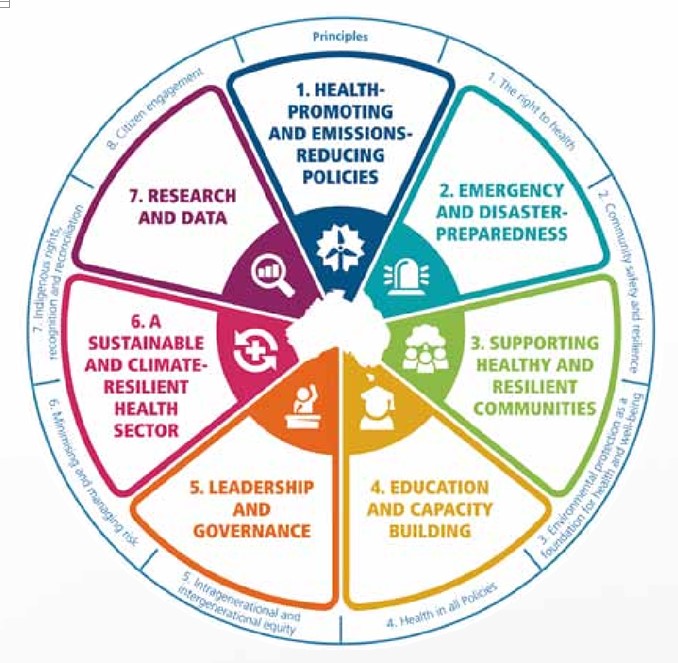Australia | Climate and Health: Leading from the Front
Source: The Australian Hospital Healthcare. Written by Fiona Armstrong, former Executive Director, Climate and Health Alliance, HCWH’s strategic partner in Australia
A nationwide consultation with healthcare stakeholders in 2016 revealed serious concerns: where was the national leadership required to address the serious and increasing public health risks posed by climate change?
While important actions are being taken at the state/territory and local level, a coordinated national effort is required to ensure that Australia is well prepared to protect the health and wellbeing of communities from the impacts of climate change.
As a result, in a world-first initiative, a coalition of leading health experts and organizations, along with federal parliamentarians, has launched the Framework for a National Strategy on Climate, Health and Well-being for Australia.
“Addressing both the causes and impacts of climate change can bring health improvements — through policies that reduce air pollution, reduce heat stress, and encourage physical activity”, Professor Peter Doherty, Nobel Laureate for Medicine, Framework foreword.
The framework was developed following a year-long national consultation to identify stakeholders’ priorities and concerns regarding the health impacts of climate change.
It provides a roadmap to support the Commonwealth Government in taking a leadership role in protecting the health and wellbeing of Australian communities from climate change, and in fulfilling its international obligations to human health under the Paris Agreement. It also provides a policy framework against which Australia can demonstrate its progress against the Lancet Countdown indicators. Starting in 2017, the indicators will inform an annual global evaluation of nations’ responses to climate change, and the health benefits that emerge from the low-carbon transition.
The framework covers seven areas of policy action:
- Health-promoting and emissions-reducing policies
- Emergency and disaster preparedness
- Supporting healthy and resilient communities
- Education and capacity building
- Leadership and governance
- A sustainable and climate- resilient health sector
- Research and data

To access the complete article, click here. For more information on the Framework, click here.
